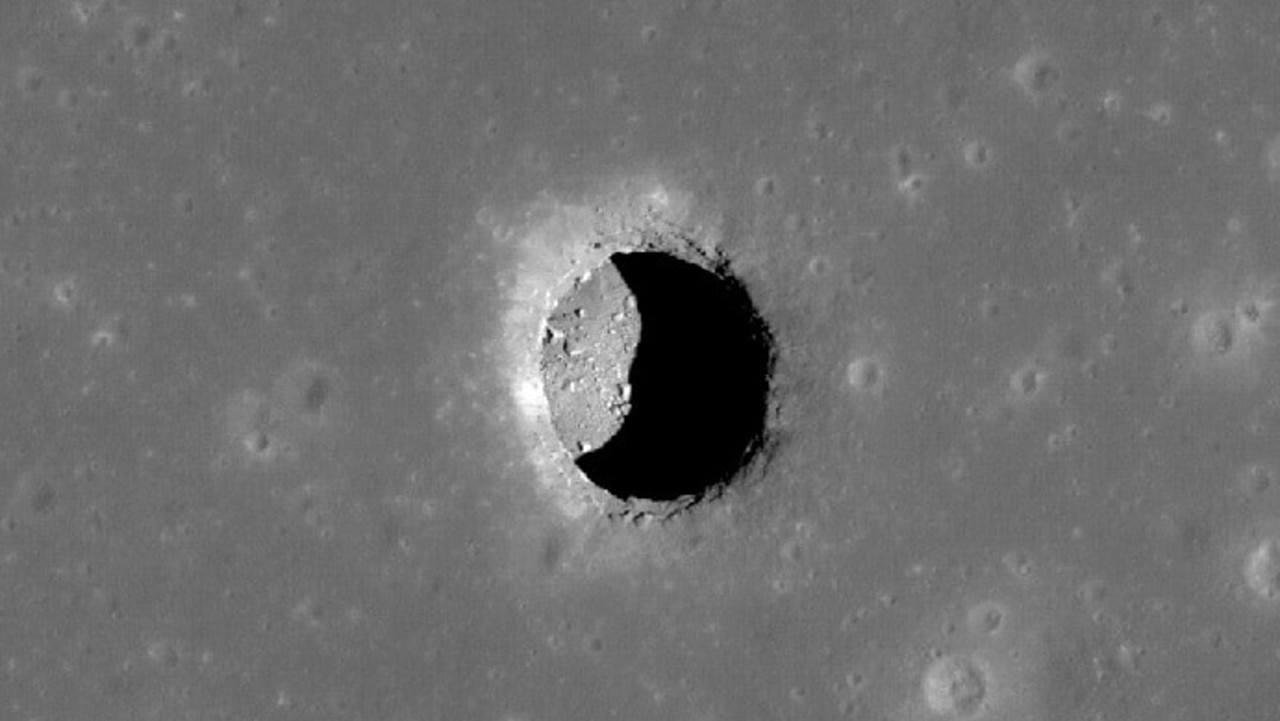Soon you’ll be able to charge your phone with clean air
Melbourne scientists have made a world first discovery of how to turn air into electricity

READING LEVEL: ORANGE
Melbourne scientists have made a world first discovery of how to turn air into electricity.
The stunning breakthrough* paves the way for devices, such as mobile phones, smart watches and exercise monitors, to be made that never have to be charged up.
Dr Rhys Grinter, who headed the Monash University team, said he hoped the technology would be in an advanced stage of development within the next five to 10 years.
“It’s incredibly exciting,” Dr Grinter said.
“We’ve discovered a new way of generating* clean energy from air. This opens up the possibility for devices that literally* generate their own energy just by being in contact with the air.
“The possible uses for this technology are significant*.”

Dr Grinter, PhD student Ashleigh Kropp and Professor Chris Greening at Monash University Biomedicine Discovery Institute in Melbourne have been working on different parts of the project for 12 years. They discovered a bacterial* enzyme*, called Huc*, which when it comes into contact with hydrogen* makes an electrical current*, just like a natural battery.
“We knew bacteria could use hydrogen in the air as a source of energy to help them grow and survive, but we didn’t know how it did this, until now,” Dr Grinter said.
“It was trial and error for the past four years. We had to figure out how to isolate the enzyme and then test it to see if it would work like we hoped. When we finally had Huc in our hands, it was a eureka* moment.”

He added: “When we put it in an electrical circuit it worked well, really well. Better than we expected. So we have proof of concept for using it to power electrical devices.
“It’s an important scientific discovery but now the ultimate goal is to get it into devices like mobile phones, smart watches or biomedical* devices, such as pulse monitors or hearing aids.”

Dr Grinter said the next three years would be spent producing as much Huc as possible and then work would begin with technology engineers to incorporate* it into popular everyday items.
“The discovery of Huc has considerable potential to develop small air-powered devices as an alternative to solar powered devices – anything that needs low, but constant, power.
“The bacteria* that produces enzymes like Huc are common and can be grown in large quantities, meaning we have access to a sustainable source of the enzyme.”
GLOSSARY
- breakthrough: a sudden, dramatic, and important discovery or development
- groundbreaking: making new discoveries, using new methods
- prestigious: inspiring respect and admiration; having high status
- generating: generate electricity
- literally: word for word in the strict sense
- significant: likely to have influence, or important
- bacterial: a large group of single-cell microorganisms, some cause infections and disease in animals and humans
- enzyme: a substance produced by a living organism which brings about a biochemical reaction
- Huc: acronym of hydrologic unit code
- hydrogen: a colourless, odourless, highly flammable gas
- electrical current: the flow of electricity
- eureka: Greek work, meaning ‘I have found it’
- biomedical: involving biological, medical, and physical science
- incorporate: to unite or combine to form a single whole
- bacteria: the simplest life form that exist in large numbers in air, water and soil, and also in living and dead creatures and plants, and are often a cause of disease
EXTRA READING
Kids putting backpacks on bees for science
Super koala Jagger to the rescue
QUICK QUIZ
- What is being turned into electricity?
- When will this technology be in development?
- What is Huc?
- The ultimate goal is to get Huc into which devices?
- Why is it easy for scientists to get their hands on Huc?
LISTEN TO THIS STORY
CLASSROOM ACTIVITIES
1. Clean Energy from Air
“The possible uses for this technology are significant.”
This quote from the article sums up the main point of this new scientific revelation.
Work with a partner to brainstorm a list of the possible uses for this new technology.
–
–
–
–
–
Time: allow 20 minutes to complete this activity
Curriculum Links: English, Science, Personal and social, Critical and creative thinking
2. Extension
Do you think this new scientific discovery will have a positive impact on the environment in the coming years?
How could generating electricity from air be an environmental game changer?
Time: allow 15 minutes to complete this activity
Curriculum Links: English, Science, Critical and creative thinking
VCOP ACTIVITY
Opener up-level it
Make a list of all the openers in the article. Pick three that repeat and see if you can replace them with another word, or shuffle the order of the sentence to bring a new opener to the front.
Don’t forget to re-read the sentence to make sure it still makes sense, and that it actually sounds better.

